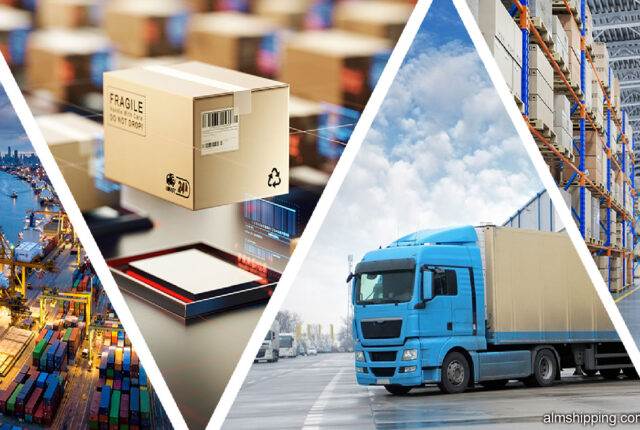
Revealing the Top 5 Shipping & Logistics Trends
The shipping and logistics sector is going through a transformation in an era of quick technical innovation and changing consumer needs. This crucial industry, which serves as the backbone of international trade, is undergoing a paradigm transformation that is being pushed by cutting-edge trends. With the help of convincing facts and real-world examples, we examine the top five trends that are reshaping the shipping and logistics environment in this in-depth blog.
Automation and Digital Transformation
Every aspect of the shipping and logistics trends in the industry is changing as a result of the development of digital technology. Automation is increasing operational efficiency and lowering human intervention thanks to AI and IoT. Automation in warehouses can boost productivity by up to 50%, according to a McKinsey analysis. For instance, to maximize space and speed up order fulfillment, robots are used at Amazon’s fulfillment facilities to move product shelves.
Eco-friendly Programs
As environmental awareness grows, sustainability has taken center stage in the transportation and logistics industry. By 2050, the International Maritime Organization (IMO) wants to cut international shipping’s greenhouse gas emissions by at least 50%. Major shipping companies like Maersk are investing in ships with hydrogen fuel cells and biofuels. Notably, DHL has cut its carbon emissions by 35% since 2007 as a result of its “GoGreen” effort.
Innovations in last-minute delivery
Innovative solutions are being used to confront the “last mile” dilemma. distribution drones, like those being tested by UPS and Wing, have the potential to transform urban distribution by alleviating traffic and boosting efficiency. In fact, a PwC analysis indicates that by 2023, drone deliveries may make up 20% of all last-mile deliveries. Furthermore, Amazon’s investment in electric delivery vans demonstrates a dedication to environmentally friendly last-mile operations.
Visibility and Transparency in the Supply Chain
Modern consumers expect accountability and transparency from the items they buy. Blockchain technology is poised to completely alter the game by ensuring authenticity and traceability throughout the supply chain. Blockchain technology is used by IBM’s Food Trust platform to track the origin and travel of food products, lowering the risk of foodborne illnesses and ensuring consumer safety. In a recent survey, 94% of shippers stressed the value of end-to-end visibility, which is consistent with this trend.
Making Decisions Based on Data
In the transportation and logistics sector. Data has emerged as the key to making well-informed decisions. Companies can foresee demand trends, improve routes, and reduce downtime thanks to advanced analytics. Data analytics, in the opinion of 65% of businesses, will be essential for supply chain operations in the future, according to a DHL survey. With real-time cargo visibility provided by FedEx’s Sense Aware technology, valuable products are transported safely.

Way ahead
These five trends are directing the sector toward a more productive, environmentally friendly. And customer-focused future as it navigates unknown waters. The compass points directing businesses to success in this changing world include embracing digital transformation. Promoting sustainability, reinventing last-mile delivery, valuing transparency, and harnessing the power of data. The shipping and logistics industry will not only prosper. But also influence how commodities are delivered and moved for a number of generations if it steers clear of these tendencies.






Leave a Reply